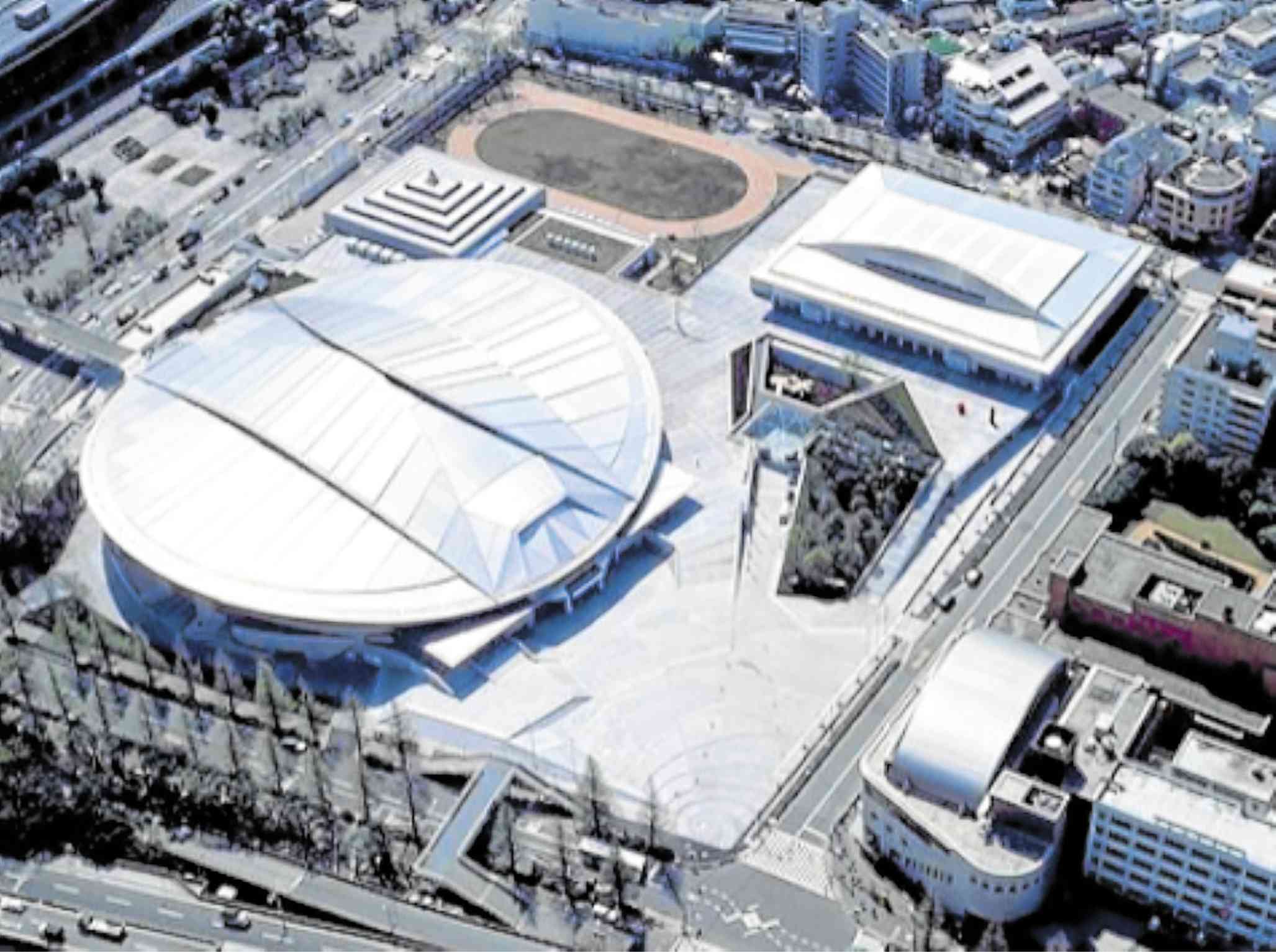Lessons from the sustainable strategies of the Tokyo 2020 Olympic Games

The Tokyo Metropolitan Gymnasium was retrofitted for the Tokyo 2020 Games. The main arena
includes a large indoor arena that hosts national and international sporting events. The arena
holds 10,000 people (6,000 fixed, 4,000 temporary). (ARCHITECTUUL.COM)
(First of two parts)
Have you ever experienced planning a big event, and after 10 months of meticulously finishing the program, budget, venue, participants and a hundred other tasks, an unforeseen event forces you to postpone the event one year after?
This is what happened to the Tokyo 2020 Olympic Games, except that preparations took approximately seven years.
After Tokyo won the bid to host the Games in 2013, everyone looked forward to Tokyo becoming the center of global attention featuring the biggest number of Olympic events ever spread across the widest geographical area—33 different sports and disciplines with 339 events held in 42 venues up to 1,300 kilometers apart.
The Tokyo Games symbolized Japan’s recovery from the massive devastation of the 2011 earthquake, tsunami, and nuclear meltdown in northeastern Japan. It was also a chance for the country to highlight its international standing and contribution, cultural values, and sporting ability.
But in December 2019, China reported the discovery of the COVID-19 virus. By March 2020, cases worldwide exceeded 130,000 and 100 countries went into lockdown.
Announcement of postponement
On March 24, exactly four months before the Games were set to start, Japan Prime Minister Shinzo Abe announced the postponement of the Tokyo 2020 Games to “no later than Summer 2021.”
The unexpected postponement created a multitude of unknown factors. Can they renegotiate corporate sponsorships for another year? How will they manage the Athlete’s Village which had already been sold to new tenants expecting to move in by Fall 2020? How will they support the 110,000 Olympic volunteers? Can they hold the Games amid the challenges of the COVID-19?
As we now know, the Tokyo 2020 Olympic Games turned out to be remarkably successful and is one of the most sustainable Olympic Games.
How did they do it?
On top of the technical preparations and the predominant COVID-19 pandemic, the Tokyo 2020 Olympic Games consistently recognized the importance of sustainability in every phase, from preparation until after the Games.
They adopted sustainability, together with credibility and youth, as one of the three pillars of the Olympic Agenda 2020, the strategic roadmap of the Olympic Movement. It focused on incorporating sustainability in all aspects of the Olympic Games and encouraged the stakeholders of the movement to include sustainability in their daily operations.
Countermeasures against the virus
To prevent the spread of COVID-19 infection, they thoroughly implemented countermeasures like infection control and screening tests. They also decided not to accept overseas spectators at many of the competitions of the Games and all competitions of the Paralympic Games.
During the first half of the Games preparations, they developed sustainability policies and plans at an early stage and sustainability was very much a part of the planning and operations conducted by the relevant organizations.
To ensure compliance with the sustainability initiatives, their management system adopted third party audits, including supply chain management, occupational health and safety, and measures to address heat and COVID-19.
Climate change
In April 2021, Japan targeted 46 percent reduction in its greenhouse gas emissions by 2030 from its fiscal year 2013 levels. They worked on climate measures for the Games with the aim of laying the groundwork for decarbonization through carbon management system with focus on energy efficiency and transitioning into renewable energy use to the maximum extent possible.
Sustainable construction of the venuesOut of the 43 venues, 25 were existing competition venues, some of which were used at the Olympic Games in Tokyo in 1964. Many of them were renovated or retrofitted with advanced building technologies to reduce energy consumption.
Retrofitting or adaptive reuse of buildings has the advantage of reducing the embodied energy of materials—the energy needed to manufacture a given material which includes energy for extraction of raw material, refining, processing, transporting, and fabricating. Ten venues were temporary structures designed to cut construction costs and energy use.
One example of a retrofitted building is the Yoyogi National Stadium, considered the jewel of the 1964 Olympic Games. It was designed by Architect Kenzo Tange (1913-2005), Japan’s most famous architect and is recognized as a prominent modernist architect.
Five of the new venues were passively designed, meaning, they used the inherent conditions of the site such as building orientation and other passive design elements to give thermal comfort and achieve energy efficiency.
Energy efficiency
The venues were constructed using energy saving technologies designed to reduce consumption and make the most out of natural resources. Energy management system was used in the operations of new permanent venues.
Renewable energy
During the Games, the amount of electricity used at competition venues totaled 62.5 million kWh, which was covered by 100 percent renewable energy.
The Tokyo 2020 Games set a target of 100 percent renewable energy sources for electricity used to run the Games. They achieved this target by direct sourcing of renewable electricity from power utilities using renewable energy and using electricity from power generated by renewable energy facilities at the venues.
Another method was to convert this amount into renewables using tradable green certification and other environmental schemes on renewable energy.
(To be continued)
The author is the Principal Architect of A.P de Jesus & Associates–Green Architecture; founder and past president of the Philippine Green Building Initiative. For comments or inquiries, email amadodejesus@gmail.com
